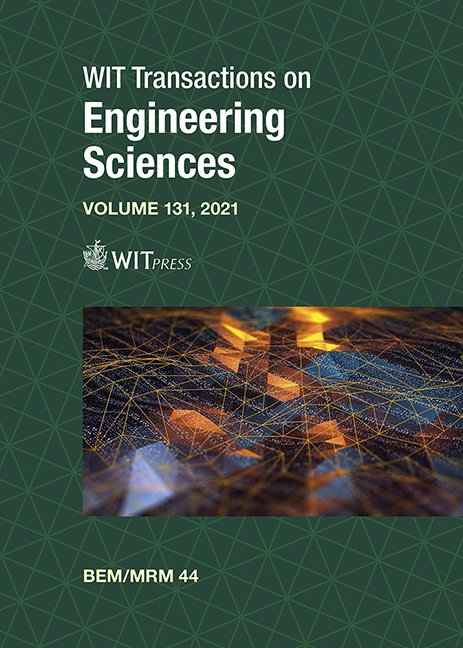APPLICATION OF A FEM–BEM COUPLING METHOD IN STEADY-STATE HEAT TRANSFER PROBLEM
Price
Free (open access)
Transaction
Volume
131
Pages
10
Page Range
121 - 130
Published
2021
Size
276 kb
Paper DOI
10.2495/BE440101
Copyright
Author(s)
QI HE, YANPENG GONG, FEI QIN
Abstract
In this paper, an FEM–BEM coupling method is presented to study the steady-state heat transfer problem. In the analysis of some complex structures, the FEM–BEM coupling method has many advantages. These advantages are: (i) The degrees of freedom can be highly reduced using the boundary elements; (ii) The improved accuracy of solution over classical FEM; (iii) The use of powerful pre-/postprocessing module of the finite element software (ABAQUS); (iv) The improved efficiency of solving multiscale structures. In this work, the user-defined element (UEL) subroutine in ABAQUS is used to realize the coupling of ABAQUS and BEM. The model is divided into several parts and different methods will be used over different part. In the implementation of the coupling scheme, BEM part can be assembled into the ABAQUS as a super-element. And the coupling stiffness matrix which is consisted of the true stiffness matrix of BEM and the stiffness matrix of FEM can be obtained. Then the resulted system equations can be solved by the solver of ABAQUS. Results obtained by this coupling method have an excellent agreement compared with the analytical or reference solutions.
Keywords
FEM–BEM coupling, ABAQUS, UEL, steady-state heat transfer





